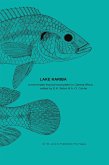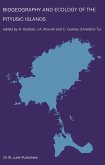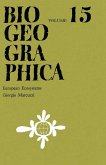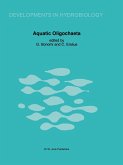The valley of the River Wye has long been famed for its natural beauty and the salmon stocks which the river supports. As one of the largest substantially unpol luted rivers in Southern Britain, the Wye, which rises in Wales and flows into England, is now of considerable significance in the strategy for conservation of freshwater habitats in the United Kingdom and is designated as a Site of Special Scientific 1 nterest by the Nature Conservancy Council (N. C. C. ). However, des pi te this scientific importance, published studies of the aquatic ecology of the river during the earlier decades of this century were principally restricted to the excellent series of articles and books on the salmon written by J. A. Hutton during the period 1912-47 and scattered records of the plants of the river banks. During this period the Fishery Board and successive organisations responsible for fisheries, also published reports describing general water quality and salmon catch statistics. In 1970 a survey was undertaken by the N. C. C. which provided the basis for the decision to give it special protected status. The Wye has been exploited as a major water source for Birmingham, through the development of reservoirs in the Elan Valley, since 1904. Further development of the capacity of the Elan catchment occurred in 1952 with the completion of the Claerwen Reservoir.








